 As a home or business owner in the Los Angeles area, you understand the importance of energy efficiency in today’s world. With rising energy costs and environmental concerns, it’s more important than ever to make the switch to energy-efficient lighting solutions.
As a home or business owner in the Los Angeles area, you understand the importance of energy efficiency in today’s world. With rising energy costs and environmental concerns, it’s more important than ever to make the switch to energy-efficient lighting solutions.
At The Electric Connection, we specialize in providing energy-efficient lighting solutions for homes and businesses in the Los Angeles area. We offer a wide range of lighting options that can help reduce energy consumption and lower your energy bills while providing bright and comfortable lighting for your space.
Here are some energy-efficient lighting solutions that we recommend for your home or office:
LED Lighting
LED (light-emitting diode) lighting is one of the most energy-efficient lighting options available today. LED lights use less energy than traditional incandescent bulbs and last much longer. They also produce less heat, which means they are safer to use and can help reduce cooling costs during hot California summers.
LED lighting is available in a wide range of colors and styles, including warm and cool whites, which means you can achieve the perfect lighting for your space.
Dimmer Switches
Dimmer switches are a simple but effective way to reduce energy consumption in your home or office. By adjusting the brightness of your lighting, you can lower your energy bills and create a comfortable ambiance in your space. Dimmer switches are easy to install and can be used with most types of lighting, including LED lights.
Motion Sensor Lighting
Motion sensor lighting is an excellent energy-efficient option for outdoor spaces, such as parking lots and walkways. These lights are designed to turn on automatically when motion is detected and turn off when there is no movement. This helps to save energy by ensuring that lights are only on when they are needed.
Occupancy Sensor Lighting
Occupancy sensor lighting is another energy-efficient option that is perfect for indoor spaces. These lights are designed to turn on automatically when someone enters a room and turn off when the room is empty. This helps to reduce energy consumption by ensuring that lights are only on when they are needed.
Smart Lighting Systems
Smart lighting systems are an excellent way to take your energy-efficient lighting to the next level. These systems use advanced technology to provide personalized lighting that can be controlled from your smartphone or other mobile device. This allows you to easily adjust your lighting to suit your needs, and you can even set schedules and timers to further reduce energy consumption.
At The Electric Connection, we are committed to providing energy-efficient lighting solutions that are tailored to your specific needs. Our team of experienced electricians can help you select the right lighting solutions for your home or office and provide professional installation services to ensure that your lighting is installed safely and efficiently.
If you’re looking to reduce your energy consumption and lower your energy bills, contact us today to learn more about our energy-efficient lighting solutions for homes and businesses in the Los Angeles area. With The Electric Connection, you can rest assured that your lighting will be installed to the highest standards of safety and quality.







 Having under-cabinet lighting is an excellent investment to have in any kitchen or countertops as it brightens the area below it that may be darkened because of the cabinets above them. Working on countertops or utilizing the area below could be a bit difficult to do without the lights. Aside from just brightening the area, they also increase the resale value of your home all while making it aesthetically beautiful and giving your kitchen a more modern feel.
Having under-cabinet lighting is an excellent investment to have in any kitchen or countertops as it brightens the area below it that may be darkened because of the cabinets above them. Working on countertops or utilizing the area below could be a bit difficult to do without the lights. Aside from just brightening the area, they also increase the resale value of your home all while making it aesthetically beautiful and giving your kitchen a more modern feel. 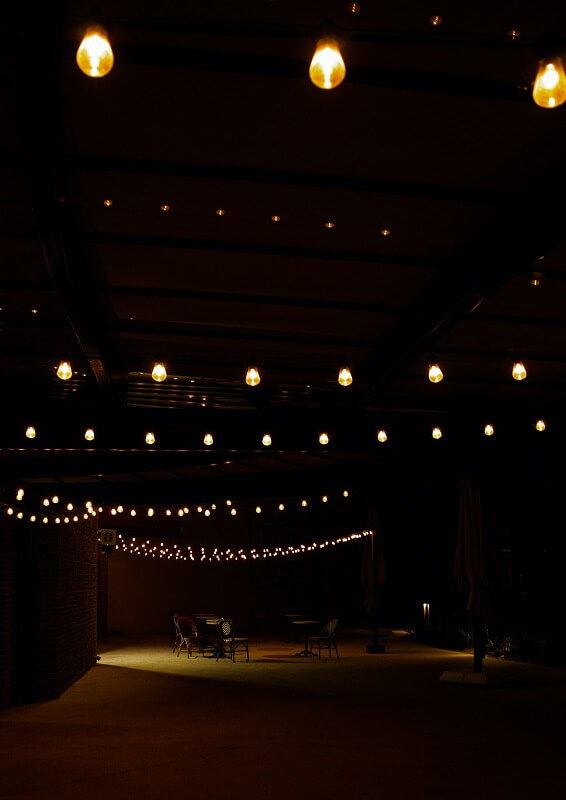
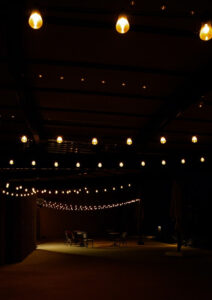 Finding the right lights for your porches isn’t as easy as you think it is. Most homeowners find it quite challenging. This is probably because aside from just picking out the lights and knowing where to put them, you also have to figure out why you’d want to have lighting and what atmosphere you’d like to create as well as find the right fixtures, the colors, and knowing porch light safety. It may sound like a lot and without the proper guidance, it is a lot to take on. So here’s a list of all the things you need to figure out before you
Finding the right lights for your porches isn’t as easy as you think it is. Most homeowners find it quite challenging. This is probably because aside from just picking out the lights and knowing where to put them, you also have to figure out why you’d want to have lighting and what atmosphere you’d like to create as well as find the right fixtures, the colors, and knowing porch light safety. It may sound like a lot and without the proper guidance, it is a lot to take on. So here’s a list of all the things you need to figure out before you 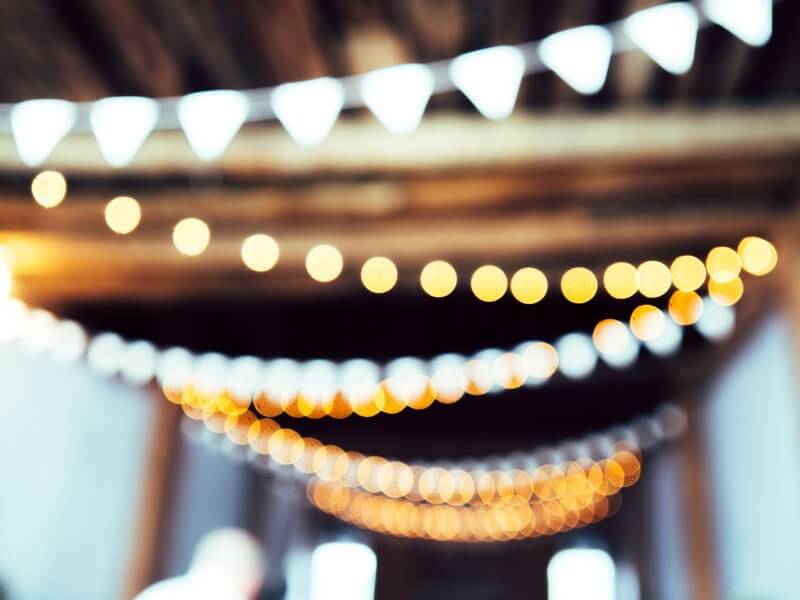
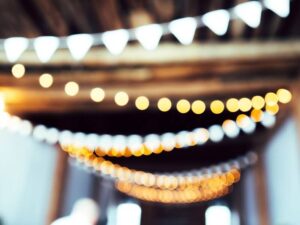 What are Outdoor Lights?
What are Outdoor Lights?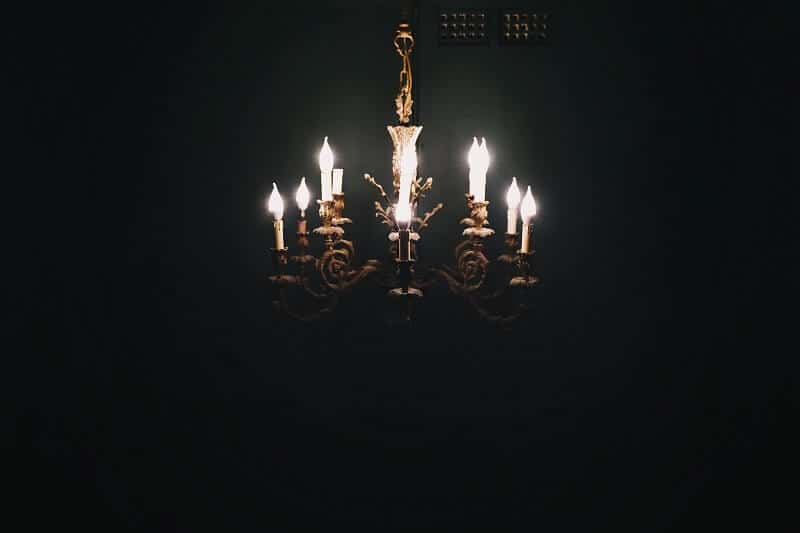
 Chandeliers can be pretty easy to complex to hang, unlike good ol’ regular light bulbs. So, it’s normal to be uncertain about whom to install your chandelier.
Chandeliers can be pretty easy to complex to hang, unlike good ol’ regular light bulbs. So, it’s normal to be uncertain about whom to install your chandelier.
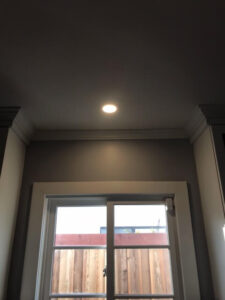


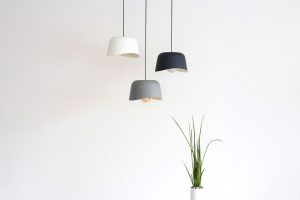 Overlamping is one of those words you might find strange as a homeowner. But it’s really just a term for describing a common electrical occurrence. Overlamping means fitting a lower-wattage fixture with a light bulb that has a much higher-wattage.
Overlamping is one of those words you might find strange as a homeowner. But it’s really just a term for describing a common electrical occurrence. Overlamping means fitting a lower-wattage fixture with a light bulb that has a much higher-wattage.